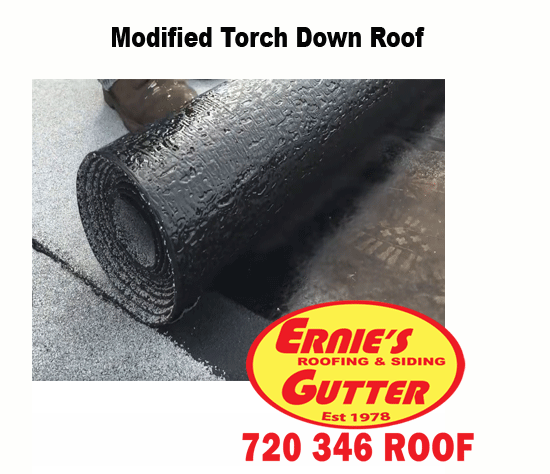As a homeowner, it’s important to ensure that your home is properly ventilated to prevent the buildup of excess heat and moisture in your attic, which can lead to various problems such as mold growth, structural damage, and increased energy bills. One way to achieve proper ventilation is through the installation of roof vents, which allow hot air and moisture to escape from the attic. Two popular types of roof vents are the solar-powered static roof vent and the whirlybird wind turbine. In this comprehensive guide, we’ll compare the two ventilation systems and help you choose the right one for your home.
Solar Powered Static Roof Vent
A solar-powered static roof vent is a roof vent that uses solar energy to power a fan that draws hot air and moisture out of the attic. The vent has no moving parts and is installed at the roof ridge. The solar panel is mounted on top of the vent and collects energy from the sun to power the fan. Some popular features of solar-powered static roof vents include:
Whirlybird Wind Turbines
Whirlybird wind turbines are a popular choice for attic ventilation. They are essentially vents that spin as wind passes over them, drawing hot air out of the attic and pushing it outside. Whirlybird turbines come in a range of sizes and are typically made of metal or plastic. They can be installed on most types of roofs, and require no electricity to operate.
Benefits of Whirlybird Wind Turbines
- Energy efficient: Whirlybird turbines require no electricity to operate, making them an energy-efficient solution for attic ventilation.
- Cost-effective: Whirlybird turbines are typically less expensive than other types of attic ventilation systems.
- Easy to install: Whirlybird turbines are easy to install and can be done in a day or less.
- Durable: Whirlybird turbines are typically made of metal or plastic, making them durable and able to withstand extreme weather conditions.
Drawbacks of Whirlybird Wind Turbines
- Limited effectiveness: Whirlybird turbines are not always effective at drawing hot air out of the attic, especially if the wind is not blowing.
- Noise: Whirlybird turbines can be noisy when they spin, which can be a nuisance for homeowners.
- Maintenance: Whirlybird turbines require periodic maintenance to ensure they are functioning properly.
Solar Powered Static Roof Vents
Solar powered static roof vents are a relatively new type of attic ventilation system. They work by using solar panels to power a fan that pulls hot air out of the attic and pushes it outside. Unlike whirlybird turbines, solar powered static roof vents do not rely on wind to operate.
- Energy efficiency: Since the vent is powered by solar energy, it doesn’t consume any electricity, which can lead to significant savings on energy bills.
Benefits of Solar Powered Static Roof Vents
- Energy efficient: Solar powered static roof vents require no electricity to operate, making them an energy-efficient solution for attic ventilation.
- Effective: Solar powered static roof vents are typically more effective than whirlybird turbines at drawing hot air out of the attic.
- Quiet: Solar powered static roof vents are much quieter than whirlybird turbines, making them a good choice for homeowners who are sensitive to noise.
- Low maintenance: Solar powered static roof vents require very little maintenance once they are installed.
Drawbacks of Solar Powered Static Roof Vents
- Expensive: Solar powered static roof vents are typically more expensive than whirlybird turbines.
- Installation: Solar powered static roof vents can be more difficult to install than whirlybird turbines, as they require solar panels to be installed on the roof.
- Limited effectiveness: Solar powered static roof vents may not be as effective in colder climates where there is less sunlight.
Conclusion
When it comes to attic ventilation, both whirlybird turbines and solar powered static roof vents have their pros and cons. Ultimately, the best choice for your home will depend on a variety of factors, including your climate, roof type, and personal preferences. It’s always a good idea to consult with a professional contractor like Ernie’s Gutter, who can provide expert advice and help you choose the right attic ventilation system for your needs. By investing in a well-designed gutter replacement in Denver and a high-quality attic ventilation system, you can help improve your home’s energy efficiency, protect your roof from damage, and create a more comfortable living environment for you and your family.
About Ernie’s Roofing
Ernie’s Roofing is a third-generation family-owned business that has been providing high-quality gutter and roofing services in Denver since 1978. With over 40 years of experience, Ernie’s Roofing is committed to delivering exceptional service and customer satisfaction. If you’re in need of a well-designed gutter replacement in Denver or the surrounding areas, Ernie’s Roofing is the go-to roof contractor for all your home needs.





